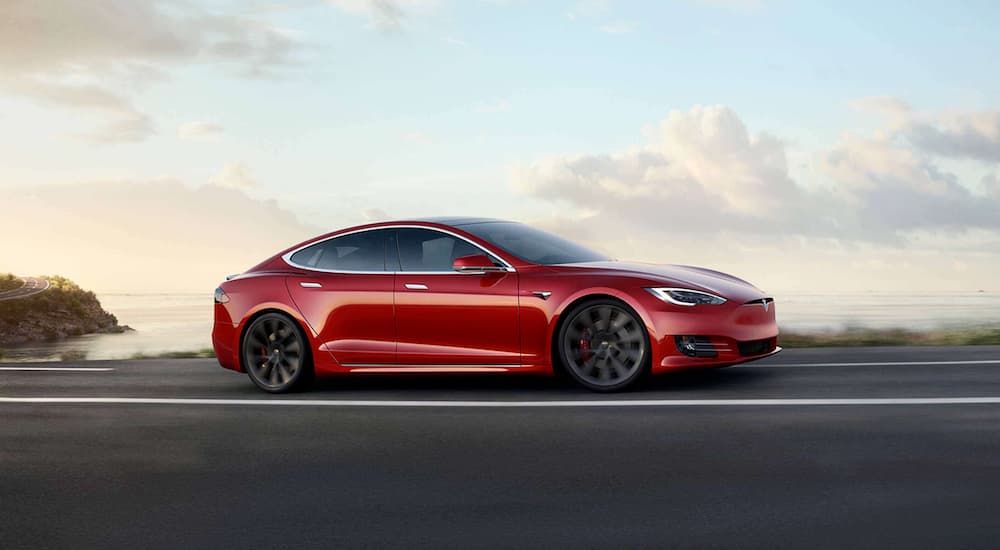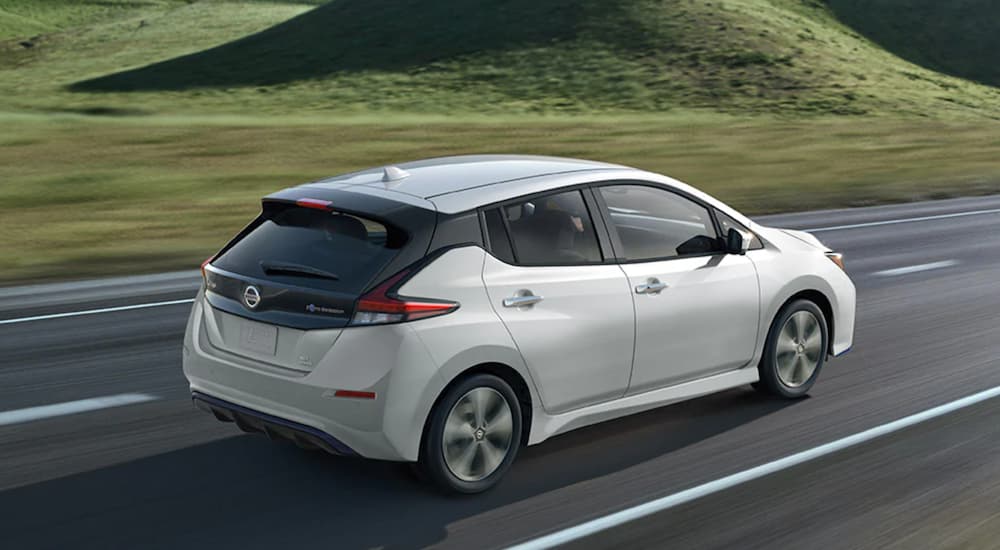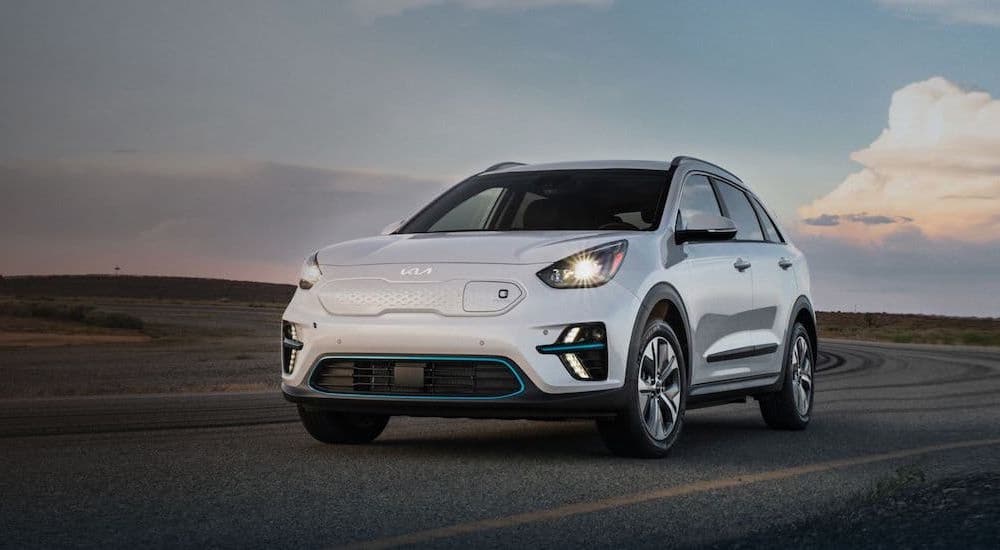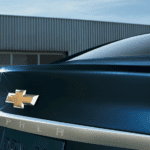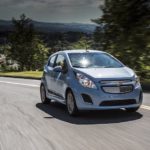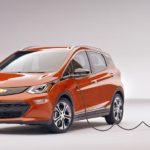By now, you’ve probably realized that electric vehicles (EVs) are taking over the automotive industry. If you’re one of the many, myself included, who thought that all EVs are clean, then you’ll want to rethink this notion. Of course, the industry claims that EVs are cleaner than their gas-powered counterparts due to the fact that they emit zero tailpipe emissions. However, the energy they utilize can determine whether or not one EV is “cleaner” than the other.
It sounds like a lot to take in, especially for those like myself who have their reservations about EVs in general. It seems as though automakers across the industry have felt pressured into creating more sustainable and efficient vehicles. This may have caused them to rush them out into the world while compromising on their energy utilization. Not all EVs are as clean as they should be, and if you’re wondering how you’re able to tell the difference, you’re not alone.
What Makes a Vehicle Clean?
EVs run solely off of electric power that’s stored in a battery system that operates its electric motor(s). The result is no tailpipe emissions and fewer parts to worry about. All electric vehicles have a similar configuration like this. However, the type of battery pack, motor, etc. all differ from brand to brand. It’s the charging process, however, that determines whether a vehicle is clean or not.
Think about charging your EV in the same way as how you charge your body. When you fuel your body with highly nutritious food, drink plenty of water, and stray away from junk food, your body performs better and your health is positively impacted as well. When you fuel your body with processed and fast-food items you feel sluggish, and your body doesn’t perform as optimally as it should. The same goes for your electric vehicle, as the energy you put into it dictates how it affects the environment around it.
You plug an EV into an energy grid, and depending on the source of that grid, your EV will either run off clean energy, or it may have some work to do to improve its footprint on the planet. This will depend on where you live, as there are many different sources of electricity. Coal, wind, solar, and other forms of energy generation are utilized in these systems. For instance, a city in Michigan may use coal or gas, while Arizona may use solar, due to the abundant sunshine the state receives and vast expanses of open land to build solar farms to harness it. Solar power is cleaner energy than coal, which means that EVs utilizing this energy will be cleaner as well.
What if you can’t control the type of energy you’re tapping into? Don’t worry, there are EVs out there that are inherently “greener” than others.
Clean & Green: Best EVs In the Industry
All EVs are not the same, especially when you get into the nitty gritty details about the various models. Does choosing a “greener” model automatically make it cleaner than the rest? Not necessarily. Remember, its cleanliness still depends on where it gets its energy from.
If I wanted to get rid of my beloved Corolla in favor of an EV, I would want to choose a model that delivers the same quality and reliable ride. After all, I don’t want to be a part of the problem with our environment’s issues, but part of the solution. I’m sure I’m not alone here. So, is there a list of better performing EVs? There sure is, and here are a few top-rated models from the list. Keep in mind that these aren’t my top picks but those from the American Council for an Energy-Efficient Economy (ACEEE for short).
Nissan LEAF EV
The Nissan LEAF occupies one of the top spots on this list, with a “Green Score” of 67 out of 100. Personally, I like the LEAF. It’s affordable, reliable, and filled with plenty of top-level tech. It shows a friendly demeanor and a lively drive. The LEAF has also been around for a long time, ushering in a wave of comparable EVs that have taken its cutting-edge tech and expanded upon it to make EVs even better. Kudos to you, LEAF.
Mazda MX-30 EV
Mazda vehicles are among the prettiest on the road. Now you can harness this exceptional style paired with electric capabilities, all for the affordable price point we’ve all come to know and love about the brand. Earning a “Green Score” of 65, this ultra-sleek EV doesn’t just wow you with its appearance, but it also helps you travel more efficiently while doing your part to help the environment.
Tesla Model Y
This compact SUV comes from the famous electric brand. However, I was surprised to find it buried deep down on the list of “Greenest Vehicles for 2022.” Only earning a score of 63/100, the Tesla Model Y showcases cool tech (of course it does, it’s a Tesla), plus a spacious interior and smooth driving dynamics. You even get to play video games while you’re on the road (except that you can’t access this feature when you’re actually driving, which is probably for the best).
Honorable Mentions
Other green machines that have earned top nods by the experts aren’t just EVs. They include hybrids as well, because let’s face it, what would the world of EVs be without hybrids to pave the way? With “Green Scores” above 60, you’ll also find the following on the list of top-rated models:
- Toyota Prius Prime
- Kia Niro
- Hyundai Ioniq
- MINI Cooper SE EV
If you’re like me, you may be thinking that all of these EVs with scores in the 60s means that they’re failing, right? Shouldn’t they be in the 80s or 90s, at least? Apparently, these scores are based on each vehicle’s “environmental friendliness” as well as the emissions created during the production process. These vehicles being considered the best in the industry tells you a lot about the stringent requirements set forth by the ACEEE, and the potential improvement we may see in future EVs.
How to Improve Energy Quality
I think that in order to get the most out of your EV, you must create the best possible environment for it, just like your body and how you fuel it. If you’re able to utilize solar power for your home, tapping into this energy will result in a cleaner vehicle. If not, consider buying a vehicle that inherently performs better than the rest, with a high “Green Score.” That’s a good place to start. The thing about the EV industry, though, is that we’re still figuring it out. It hasn’t been as quickly embraced by the masses as many automakers had anticipated. However, think about the first computer, or the first portable phone. People were skeptical about all of those gadgets too. With more and more countries banning gas-powered cars in the not-so-distant future, we’ll be seeing higher adoption rates soon, ready or not.
As the years go on, we’ll learn more about electric vehicles and how to make them better, cleaner, and more efficient. Like anything, there’s always room for improvement. So are all EVs created equally? I don’t think so, and the proof lies in the cars that frequently find themselves at the top of the “Greenest Vehicles” list. You’ll find that brands like Toyota, Hyundai, and Kia outperform industry giants like Tesla. I believe this is due to their level of reliability, smart engineering, and reputations they already have in the industry. No, not all EVs are created equally. But then again, no two vehicles are alike whatever powers them, so it just makes sense that EVs are no exception.
